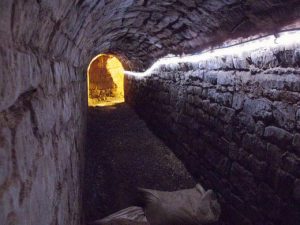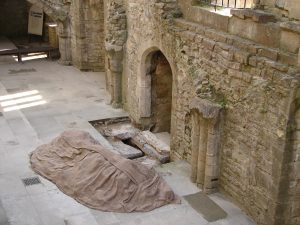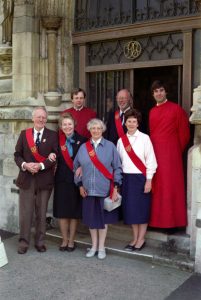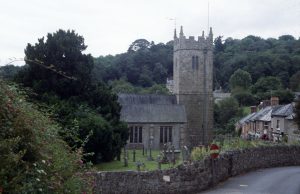 One of the legends surrounding Joseph of Arimathea in Glastonbury, England, plays a role in the story of my fifth Lady Apollonia West Country Mystery, Joseph of Arimathea’s Treasure, set in 1397. In the story, my heroine, the Lady Apollonia of Aust, tells her granddaughter that this well-known New Testament character, a secret disciple of Jesus, came to Glastonbury after the Crucifixion and Resurrection and planted his staff near the top of Wearyall Hill to declare the arrival of Christianity in England from the Holy Land. From his staff grew a thorn tree which, unusually for a hawthorn, bloomed twice a year, especially at Christmas time.
One of the legends surrounding Joseph of Arimathea in Glastonbury, England, plays a role in the story of my fifth Lady Apollonia West Country Mystery, Joseph of Arimathea’s Treasure, set in 1397. In the story, my heroine, the Lady Apollonia of Aust, tells her granddaughter that this well-known New Testament character, a secret disciple of Jesus, came to Glastonbury after the Crucifixion and Resurrection and planted his staff near the top of Wearyall Hill to declare the arrival of Christianity in England from the Holy Land. From his staff grew a thorn tree which, unusually for a hawthorn, bloomed twice a year, especially at Christmas time.
Other legends also say that Joseph brought Jesus as a teenager to visit Glastonbury while another describes two vessels that Joseph brought with him, one containing the blood and the other the sweat of Jesus.
Any descendants of the thorn tree have to be grafted in order to bloom twice a year and have become known collectively as the Glastonbury Thorn. The most recent growth of the thorn on Wearyall Hill was vandalised in 2010. Subsequent efforts for it to grow new branches were also vandalised.
The Glastonbury Thorn of 2014 is shown in the picture above with two of my English cousins, Paul and Ann Yielding, and me surrounding it. You can see little messages and pieces of fabric attached by contemporary pilgrims to the thorn tree that survives behind us. In the epilogue of my book, Lady Apollonia with her recently widowed son and her granddaughter, Juliana, ascend Wearyall Hill to see the Glastonbury Thorn.
Other descendants of the tree are found around Glastonbury. One is at the ruins of Glastonbury Abbey and another at the medieval abbey tithe barn which now houses the Somerset Rural Life Museum. Several examples exist in the Saint John the Baptist churchyard in Glastonbury. Each year a blossom of one of these trees is sent to Queen Elizabeth II as a gift at Christmas.
For more information, click on https://en.wikipedia.org/wiki/Glastonbury_Thorn






